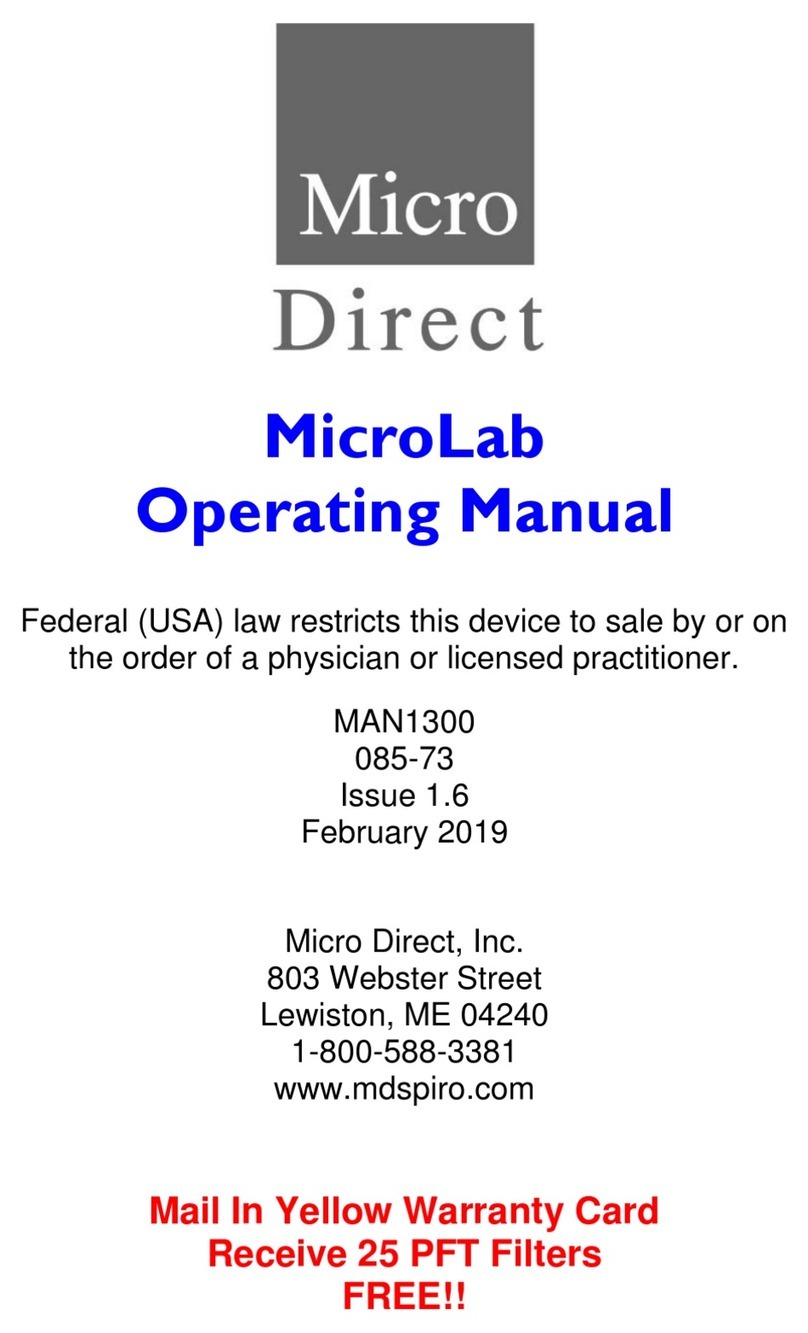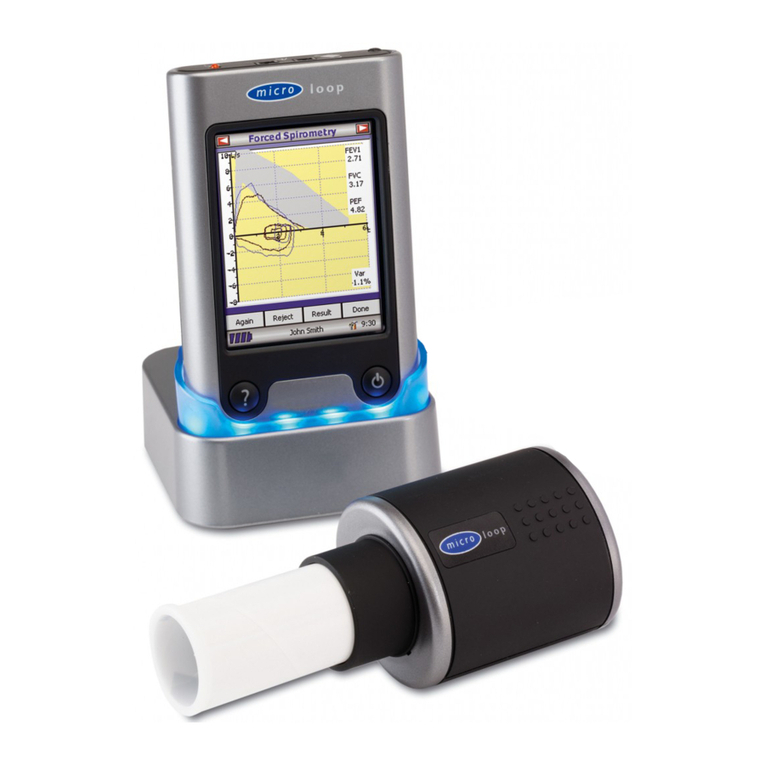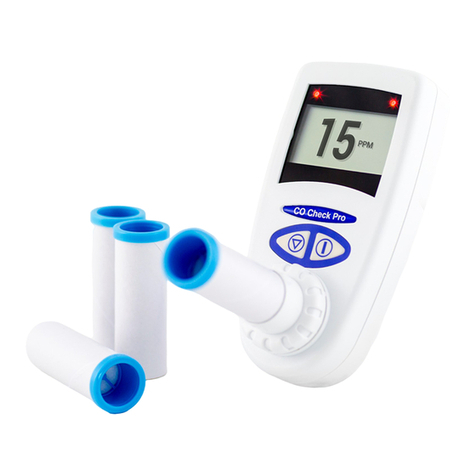CONTENTS
Introduction................................................................................1
Package Contents......................................................................2
Contraindications, Warnings and Cautions.................................3
Intended Use..............................................................................5
Environment...............................................................................5
Getting Started...........................................................................5
Configuration..............................................................................6
Micro I PC Software...................................................................6
Operation.................................................................................11
Main Menu Overview ...............................................................11
Quick Exam..............................................................................12
Exam with Predicted Values..................................................... 13
Post BD Exam..........................................................................17
NLHEP Mode...........................................................................17
NLHEP Quality Checks............................................................18
NLHEP QC Grades..................................................................19
NLHEP Interpretation...............................................................19
Switching Off............................................................................19
Maintenance ............................................................................20
Battery Management................................................................20
Battery Replacement................................................................ 21
Calibration Check.....................................................................23
Cleaning Instructions................................................................ 24
Cleaning the Transducer..........................................................24
Servicing..................................................................................25
Product Lifetime.......................................................................25
Troubleshooting Information.....................................................25
Safety Designation per IEC 60601-1........................................ 26
Electromagnetic Compatibility (EMC) to IEC 60601-1-2...........27
Symbols................................................................................... 31
Specifications of the Micro I ..................................................... 33
Accessories..............................................................................34
Customer Contact Information .................................................34

























